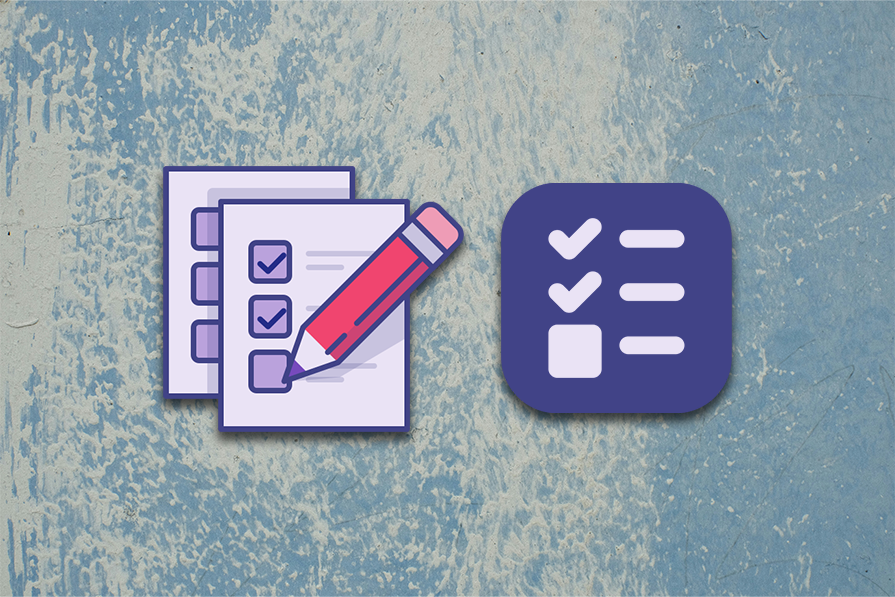Logrocket
1M
423

Image Credit: Logrocket
Skeuomorphism in UX: Definitions, examples, and its relevance today
- Skeuomorphism in UX refers to interface elements that imitate real-world objects for visual and interaction cues.
- Initially used for physical products, skeuomorphism was prominent in Apple's early iOS designs to aid user understanding.
- Skeuomorphism was replaced by flat design in 2013, focusing on minimalist aesthetics and functionality.
- Neumorphism, a modern approach, combines aspects of skeuomorphism and flat design for a minimalist 3D effect.
- While skeuomorphism has influenced modern design trends, its relevance has diminished as UI/UX favors minimalism.
- Best practices for skeuomorphic designs include realistic textures, balance with clarity, and monitoring performance.
- Dos for skeuomorphic designs involve keeping them modern and limiting confusing elements while monitoring performance impact.
- The decline of skeuomorphism is attributed to cluttered interfaces, obsolescence, and scalability issues compared to flat design.
- Flat design, introduced in 2013, emphasizes 2D elements, bright colors, simplicity, and clean typography for enhanced usability.
- Neumorphism, emerging in 2019, balances minimalist and 3D effects, but poses accessibility challenges due to low contrast ratios.
- Skeuomorphism, though less prevalent now, still finds applications in UI interfaces and branding contexts to create familiar interactions.
Read Full Article
25 Likes
For uninterrupted reading, download the app